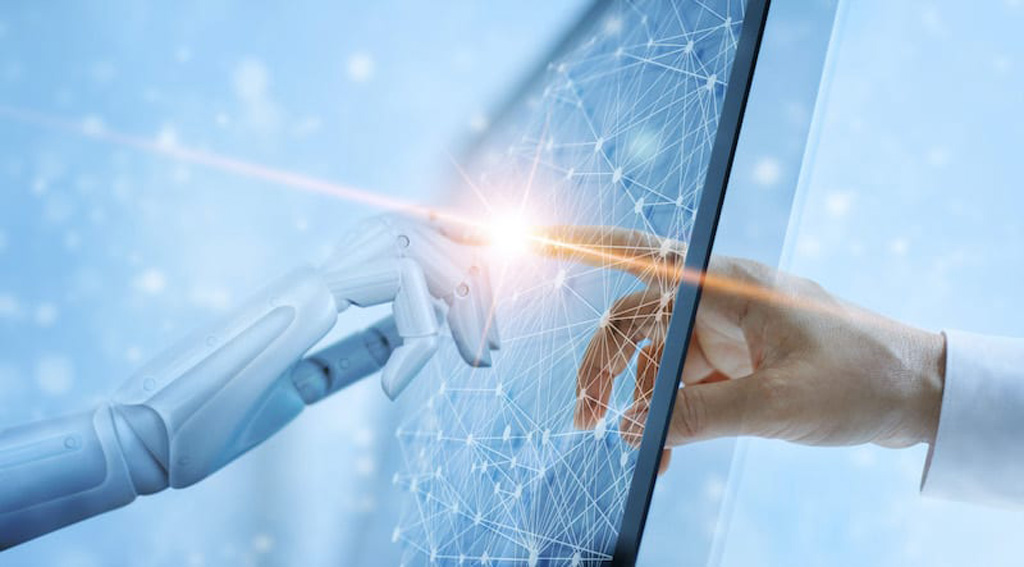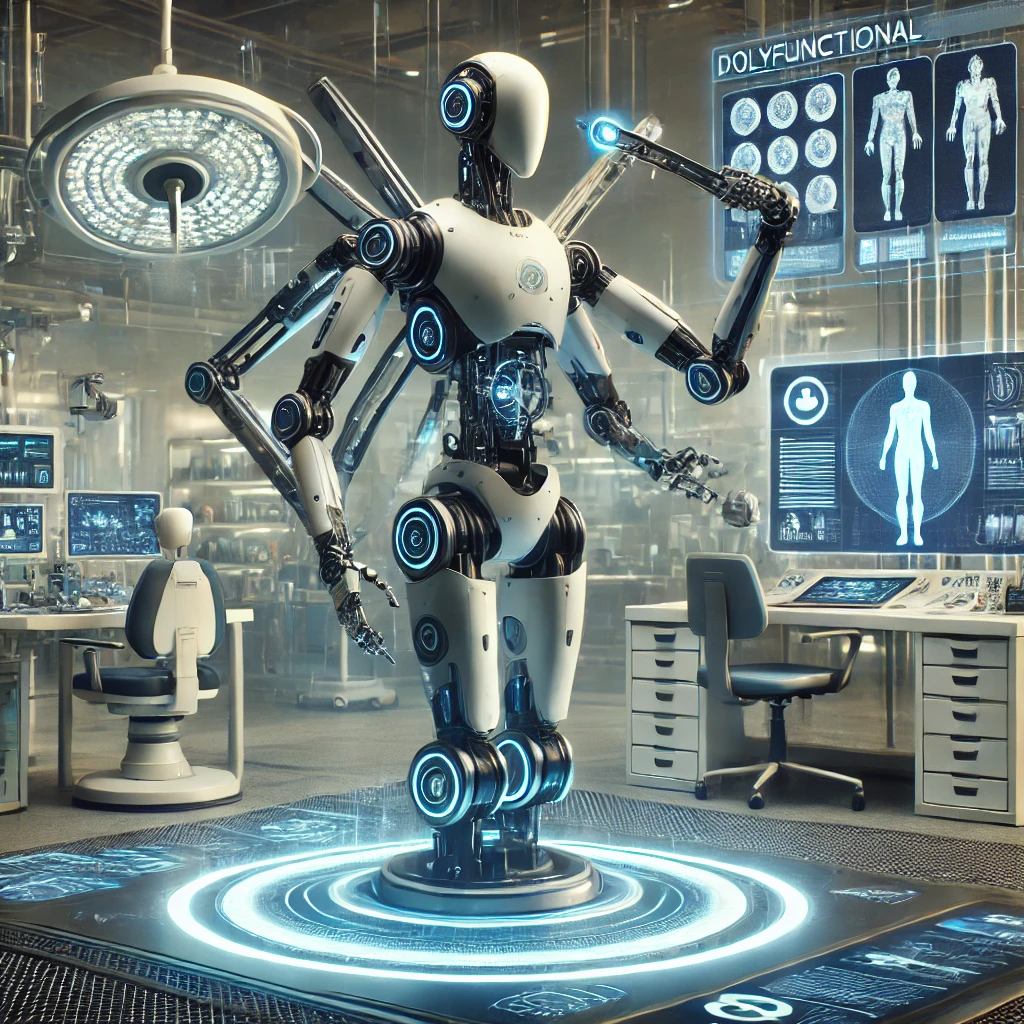Introduction
The rapid advancements in robotics have given rise to polyfunctional robots, machines capable of performing multiple tasks across different domains. These versatile robots are transforming industries, from manufacturing and healthcare to domestic environments, by adapting to various needs and improving efficiency. By integrating artificial intelligence (AI), machine learning, and modular hardware, these robots are revolutionizing automation and enhancing human productivity.
What Are Polyfunctional Robots?
Polyfunctional robots are multitasking robotic systems designed to perform a variety of functions. Unlike single-purpose robots, which are limited to specific tasks, polyfunctional robots utilize AI, machine learning, and modular components to switch between different operations seamlessly. These robots rely on advanced sensors, software, and actuators to understand their environment and adjust their tasks accordingly.
Types of Polyfunctional Robots
- Humanoid Robots – Designed to mimic human actions, assisting in healthcare, retail, and personal assistance.
- Modular Robots – Robots with interchangeable components that can be reconfigured for different functions in manufacturing and research.
- Autonomous Mobile Robots (AMRs) – Used in logistics and warehouses to transport goods, perform inspections, and assist in inventory management.
- Collaborative Robots (Cobots) – Work alongside humans in industrial settings to enhance precision, productivity, and workplace safety.
- Service Robots – Perform household tasks, assist in hospitality, and provide support in healthcare settings.

Key Applications of Polyfunctional Robots
1. Manufacturing & Industry
- Used for assembly lines, quality control, welding, and material handling.
- Can switch between different manufacturing processes with minimal downtime.
- Reduces labor costs and enhances production efficiency.
2. Healthcare & Medical Assistance
- Assist in surgical procedures, rehabilitation, patient care, and diagnostics.
- AI-powered robots analyze medical imaging, assist in precision surgeries, and aid physically impaired patients with mobility.
- Reduces human workload while improving patient outcomes.
3. Smart Homes & Domestic Use
- Perform cleaning, cooking, security monitoring, and personal assistance.
- Robots like robotic vacuum cleaners, AI-powered personal assistants, and home security drones enhance daily convenience.
- Voice-controlled and sensor-driven functionalities allow seamless operation.

4. Agriculture
- Used for planting, harvesting, monitoring soil conditions, and pest control.
- AI integration helps optimize resource usage and maximize crop yield.
- Drones and automated irrigation systems improve farming efficiency and sustainability.
5. Search & Rescue Operations
- Adaptable robots assist in disaster response, hazardous environment exploration, and emergency rescues.
- Drones and autonomous ground robots locate survivors in disaster-stricken areas.
- Used for detecting dangerous materials and navigating extreme environments safely.
Benefits of Polyfunctional Robots
- Increased Efficiency – Reduces labor costs and improves productivity.
- Cost-Effective – One robot performs multiple roles, minimizing the need for different machines.
- Adaptability – Can switch between tasks based on requirements, increasing flexibility.
- AI & Machine Learning Integration – Enhances decision-making, learning, and predictive capabilities.
- Improved Safety – Reduces human exposure to hazardous environments such as construction sites and chemical plants.
- Enhanced Human-Robot Collaboration – Supports human workers in physically demanding and repetitive tasks, leading to better workplace ergonomics.
- Scalability – Businesses and industries can scale operations without additional human workforce costs.
Challenges & Future Outlook
Despite their potential, polyfunctional robots face challenges such as high initial costs, complex programming, and integration difficulties. Some of the major challenges include:
- Software Complexity – Requires advanced programming and AI algorithms to function effectively.
- Power & Battery Limitations – Many robots require high energy consumption, limiting operational time.
- Ethical & Job Displacement Concerns – Automation can replace human jobs, raising concerns about workforce impact.
- Cybersecurity Risks – Networked robots can be vulnerable to hacking and data breaches.

However, as AI, robotics, and automation continue to evolve, these robots will become more accessible, efficient, and intelligent across industries. The future of polyfunctional robots includes improved human-robot collaboration, autonomous learning, and seamless interaction with smart environments.
Conclusion
Polyfunctional robots are redefining the capabilities of automation, making them essential across multiple sectors. With continuous advancements, these robots will further enhance productivity, safety, and convenience, shaping the future of smart automation. As industries continue to innovate, polyfunctional robots will play a key role in building a more autonomous and efficient world.
Are you excited about the rise of polyfunctional robots? Share your thoughts in the comments below!






No responses yet